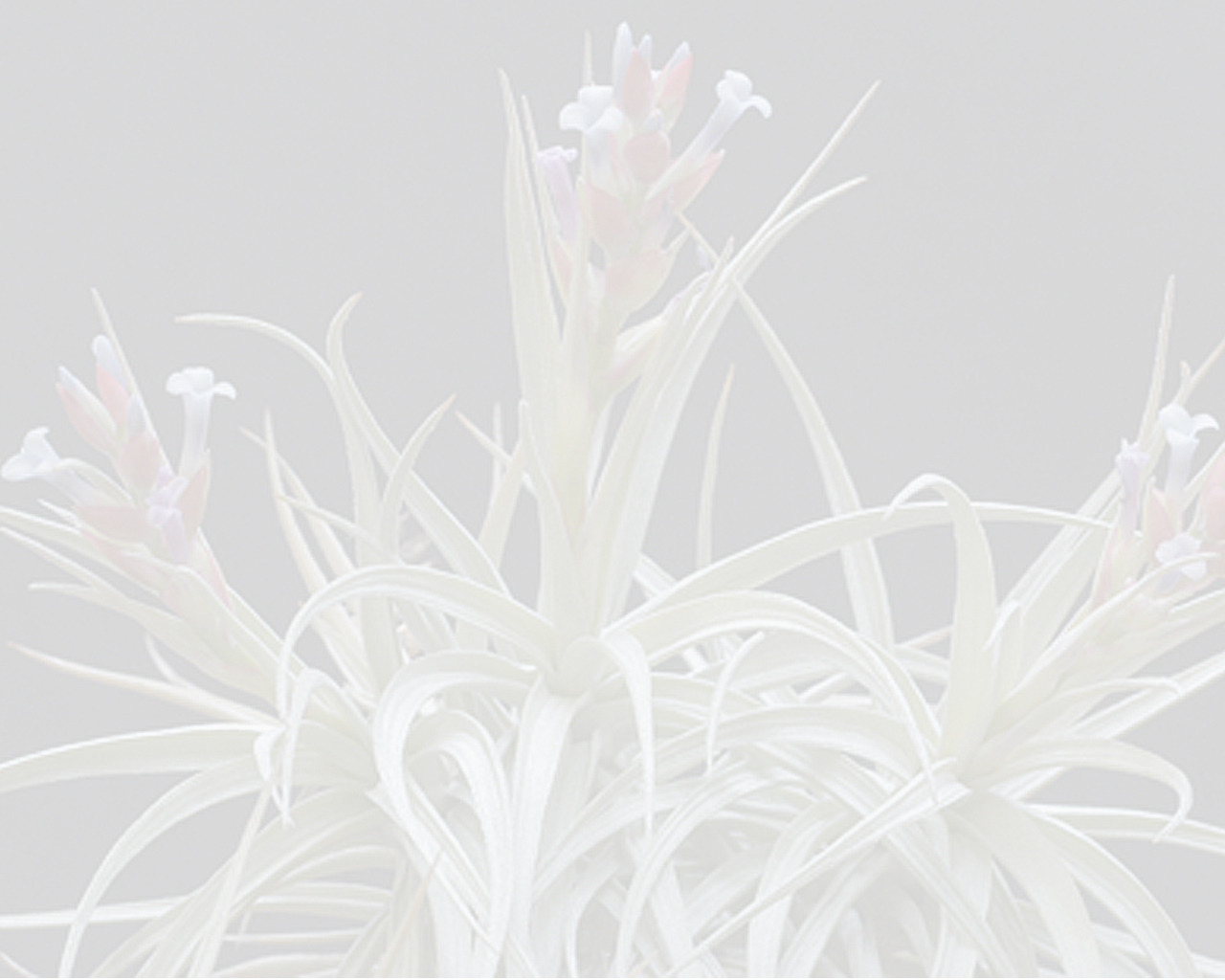



; 0 ; caulescent, to 14 cm; long in flower; roots present. plant: stem branching, densely massed, to 4 cm; long. leaves distichous, to 7 cm; long, densely pilose-lepidote with fine linear retrorse gray scales; sheath broadly ovate, thin, several-nerved; blade recurving, linear, terete, ca, 1.5 mm in diameter, the apex soft and filiform peduncle terminal, to 7 cm; long, ca 0.5 mm; in diam, lepidote at first with suborbicular appressed scales, soon glabrous; peduncle bracts typically 2, remote, never apical, forming a tight tube about the peduncle, lepidote, the lower with a prominent foliaceous blade, the upper soon glabrous. inflorescence simple, laxly 2-flowered and with a sterile remnant at apex; floral bracts ovate, acute, shorter than the sepals, thin, ecarinate, several-nerved, glabrous or nearly so. flowers erect, subsessile; sepals lanceolate, acute, 9 mm; long, short-connate adaxially, thin, prominently nerved, glabrous; petals blue, drying to deep blue-purple, the blades spreading, elliptic, 2.5 mm wide. stamens deeply included, exceeding the pistil; peduncle bracts typically 2, remote, never apical, forming a tight tube about the peduncle, lepidote, the lower with a prominent foliaceous blade, the upper soon glabrous; inflorescence* simple, laxly 2-flowered and with a sterile remnant at apex; floral bracts* ovate, acute, shorter than the sepals, thin, ecarinate, several-nerved, glabrous or nearly so; flowers* erect, subsessile; sepals* lanceolate, acute, 9 mm; long, short-connate adaxially, thin, prominently nerved, glabrous; petals* blue, drying to deep blue-purple, the blades spreading, elliptic, 2.5 mm wide; stamens* deeply included, exceeding the pistil; pl; ii, fig; 8 habit x 1/2; fig; 9 inflorescence x 1; type in the u; s; national herbarium, no; 2,283,921, collected on thorny bushes in dry places, near saipina, province of florida, department of santa cruz, bolivia , altitude 1800 meters, december 1959, by m; cardenas (no; 55131) only the shape of the petal-blade separates the subgenera phytarrhiza and diaphoranthema and tillandsia pilosa seems to be about midway betwen the two; on account of the bright color of the petals i am inclined to place it in phytarrhiza.Edited from (09-11-2014): Phytologia. .